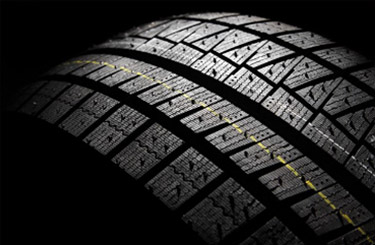edge banding tape sizes
Understanding Edge Banding Tape Sizes A Comprehensive Guide
Edge banding tape is a vital material used in woodworking and furniture making to provide a polished, finished look to raw edges of particleboard, MDF, and plywood. This not only enhances aesthetics but also prevents moisture absorption and damage. However, selecting the right edge banding tape size is crucial for achieving the best results. In this article, we delve into the significant aspects of edge banding tape sizes and their implications for your projects.
When discussing edge banding tape sizes, the first thing to consider is the width of the tape. Edge banding typically comes in various widths, ranging from 0.3 inches to 3 inches. The choice of width largely depends on the thickness of the panel you intend to cover. For standard applications, a width that is slightly larger than the thickness of your material is ideal, allowing for a clean wrap around the edges.
Another important aspect to consider is the thickness of the edge banding tape itself. Common thicknesses can range from 0.4 mm to 2 mm. Thicker tape provides more durability and a more substantial feel, making it suitable for high-traffic furniture or surfaces that will undergo heavy use. On the other hand, thinner tapes are often easier to apply and can provide a seamless finish when applied correctly.
edge banding tape sizes

The length of the edge banding roll is also significant. Tapes are usually sold in rolls of varying lengths, typically from 50 to 500 feet. Consider the scale of your project when selecting the length to avoid running out mid-application. For larger projects, purchasing longer rolls can be more cost-effective and ensure a consistent finish throughout.
Moreover, the material composition can affect the size of edge banding tape. Tapes are available in PVC, ABS, and veneers, each offering different aesthetic and functional properties. PVC and ABS are generally more flexible and resist moisture better, making them ideal for areas with higher humidity. Veneer edge banding offers natural wood aesthetics but may require more delicate handling during applications.
In conclusion, understanding edge banding tape sizes is essential for any woodworking project. By considering the width, thickness, roll length, and material, you can ensure that your final product not only looks professional but also stands the test of time. The right choice in edge banding tape will transform raw boards into beautifully finished pieces, enhancing both functionality and style. Whether you are a hobbyist or a professional, investing time in selecting the appropriate size and type of edge banding tape is essential for achieving the best results in your projects.
-
Under Door Draught Stopper: Essential ProtectionNewsJul.31,2025
-
Garage Door Seal and Weatherstrips for ProtectionNewsJul.31,2025
-
Edge Banding Tape for Perfect EdgesNewsJul.31,2025
-
Table Corner Guards and Wall Corner ProtectorsNewsJul.31,2025
-
Stair Nose Edging Trim and Tile Stair SolutionsNewsJul.31,2025
-
Truck Bed Rubber Mats for Pickup BedsNewsJul.31,2025
-
Window Weather Stripping for Noise ReductionNewsJul.29,2025